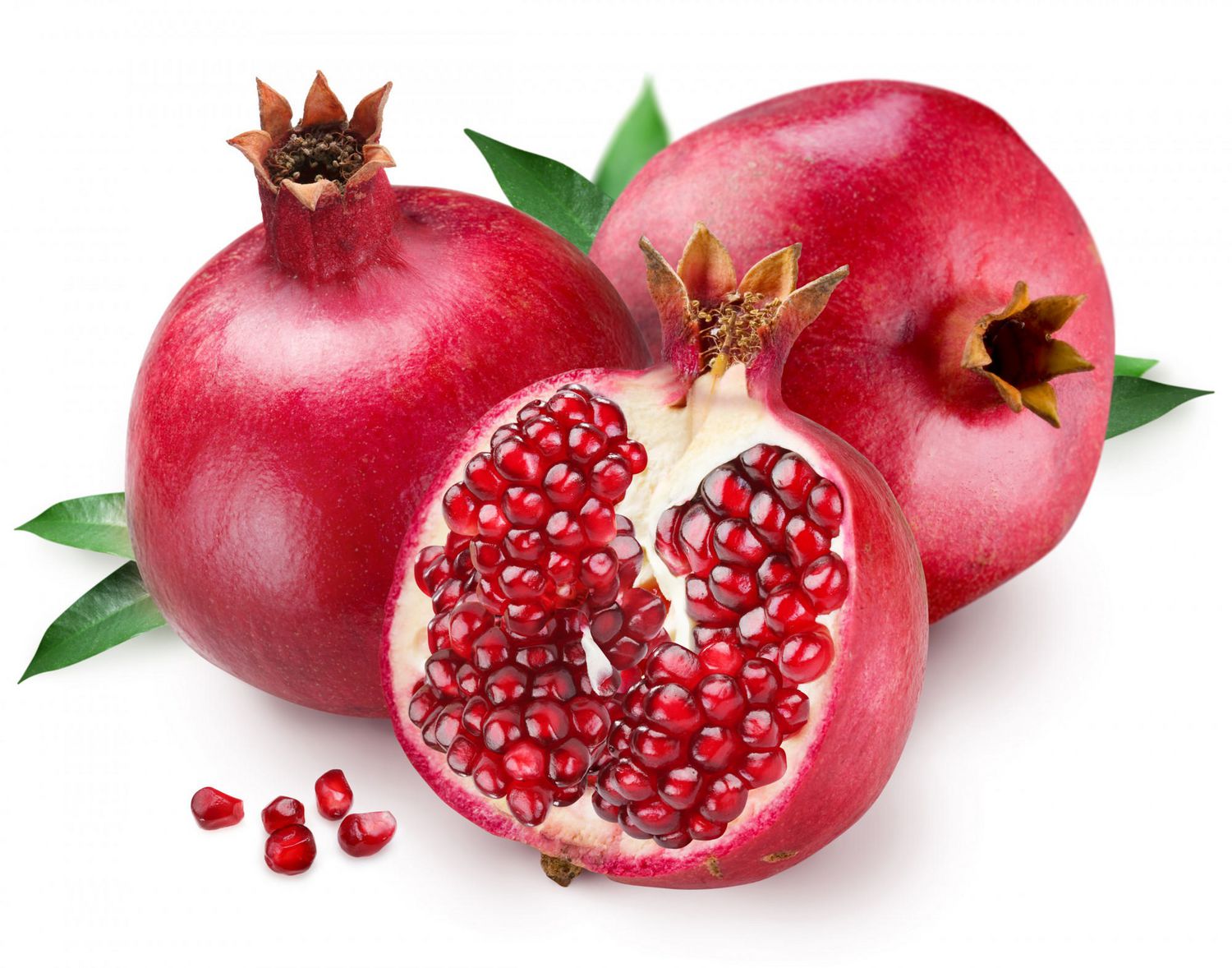
Human breast milk (HBM) is essential for the infant’s growth and development right after birth and is an irreplaceable source of nutrition for early human survival. Various infant formulas have many similarities to HBM in many components, but there is no perfect substitute for HBM. It’s full of nutrients that feed and protect your baby.
As your baby’s first food, you might expect your breast milk ingredients to include basic essential nutrients, such as carbohydrates, proteins and fats, as well as water to keep her hydrated, which it does. But breast milk is no ordinary food – it has more value than nutrition alone.
Choosing how you will feed your baby is one of the most important decisions you will make as a new parent. Breastfeeding is a gift that only you can give your baby. Your baby will feel safe and secure and you will provide a healthy start for your baby’s life. You will find breastfeeding to be a fulfilling part of motherhood.
What does breast milk contain?
- HBM contains about 87%–88% water
- 124- g/L solid components as macronutrients, including about 7%
- (60–70 g/L) carbohydrates
- 1% (8–10 g/L) protein
- 3.8% (35–40 g/L) fat.
Why is Breastfeeding Important for your Baby?

- Breast milk helps keep your baby healthy.
- It supplies all the necessary nutrients in the proper proportions.
- It protects against allergies, sickness, and obesity.
- It protects against diseases, like diabetes and cancer.
- It protects against infections, like ear infections.
- It is easily digested – no constipation, diarrhea or upset stomach.
- Babies have healthier weights as they grow.
- Breastfed babies score higher on IQ tests.
Breast milk changes constantly to meet babies’ needs.
The milk changes in volume and composition according to the time of day, nursing frequency, and age of baby to promote healthy growth. Breast milk is the perfect food for your baby.
The composition may vary depending on the environmental factors, including maternal diet. Colostrum is low in fat but high in protein and relatively rich in immune protective components.
- Millions of live cells. These include immune-boosting white blood cells, as well as stem cells, which may help organs develop and heal.
- More than 1,000 proteins that help your baby grow and develop, activate her immune system, and develop and protect neurons in her brain.
- All that breast milk protein is made up of amino acids. There are more than 20 of these compounds in your milk. Some of them, called nucleotides, increase at night and scientists think they may induce sleep.
- Over 200 complex sugars called oligosaccharides that act as prebiotics, feeding ‘good bacteria’ in your baby’s gut. They also prevent infections entering her bloodstream and lower her risk of brain inflammation.
- More than 40 enzymes. Enzymes are catalysts that speed up chemical reactions in the body. The ones in your milk have jobs such as aiding your baby’s digestion and immune system, as well as helping her absorb iron.
- Growth factors that support healthy development. These affect many parts of your baby’s body, including her intestines, blood vessels, nervous system, and her glands, which secrete hormones.
- On the subject of hormones, your breast milk contains lots of them! These clever chemicals send messages between tissues and organs to ensure they work properly. Some help regulate your baby’s appetite and sleep patterns, and even aid the bond between you.
- Vitamins and minerals – nutrients that support healthy growth and organ function, as well as help build your baby’s teeth and bones.
- Antibodies, also known as immunoglobulin. There are five basic forms of antibodies and all of them can be found in your milk. They protect your baby against illnesses and infections by neutralizing bacteria and viruses.
- You may have heard of long-chain fatty acids because they play a pivotal part in building your baby’s nervous system, as well as aid healthy brain and eye development. And, you’ve guessed it, there are several of these in your milk too!
- 1,400 microRNAs, which are thought to regulate gene expression, as well as help prevent or halt disease development, support your baby’s immune system, and play a role in remodeling the breast.
Breast milk is always ready and good for the environment.
- It is available wherever and whenever your baby needs it.
- It is always at the right temperature, clean and free.
- No bottles to clean.
- Breastfeeding has no waste, so it is good for the environment.

Why is Breastfeeding Important for You?
Mothers who breastfeed:
- Have a reduced risk of Type 2 Diabetes and certain cancers such as breast cancer
- May find it easier to return to what they weighed before they got pregnant
- Strengthen the bond with their children
The first few days
The early milk your breasts produce after your baby’s birth is called Colostrum. This thick, sticky breast milk is often called ‘liquid gold’, not just because of its yellow or orangey color, but because it’s so important for nourishing and protecting your vulnerable newborn.
At first you’ll produce very small amounts – just 40 to 50 ml (1.4 to 1.8 fl oz) over 24 hours – but as your baby’s stomach is only the size of a marble, that’s all she needs. Colostrum is also very easy to digest. And what it lacks in quantity it makes up for in quality.
The composition of colostrum
Colostrum has the same ingredients that your later milk will have – it’s just that the amounts of these ingredients are different, as it’s tailored to your newborn’s needs.
For example, colostrum is sometimes referred to as a natural vaccination because its levels of antibodies and white blood cells are so high. Your first milk needs to contain these so it can protect your baby from infections and diseases after she leaves the safety of your womb.
Colostrum’s protective qualities are also important for your baby’s digestive system. Babies are born with a permeable gut lining, which colostrum coats and seals. This is particularly important if your baby is premature, as she’ll be more at risk from the dangerous gut condition necrotising enterocolitis (NEC).
The next couple of weeks: Transitional milk
During the first week of your baby’s life, around two to four days after delivery, your breast milk changes in quantity. You may feel your breasts become fuller and firmer – a change known as your milk ‘coming in’. On the third day, your baby will consume 300 to 400 ml (10.5 to 14 fl oz) of breast milk per 24 hours, and by the fifth day this increases to 500 to 800 ml (18 to 28 fl oz), so it’s not surprising your breasts may feel bigger!
From day five to 14, your milk is called transitional milk. As the name suggests, it’s changing from colostrum to mature milk. It becomes creamier in color and texture, and also higher in fat, calories and lactose (a natural sugar), making it the ideal food for your rapidly growing newborn.
Four weeks onwards: Mature milk
By the time your baby is four weeks old; your breast milk will be fully mature. It’s rich in protein, sugar, vitamins and minerals, plus numerous bioactive components – such as hormones, growth factors, enzymes and live cells – to support your baby’s healthy growth and development.
From four weeks, the nutritional content and levels of ingredients in mature milk generally remain fairly consistent. But the composition of your breast milk can still change from day to day and feed to feed.
Your milk’s fat content relates to how drained your breast is. Your breasts will be fuller at the start of some feeds (milk lower in fat) and more drained at the start of other feeds (milk higher in fat).
Breast milk composition after six months
You may be wondering what happens to your milk if you continue breastfeeding long-term. Can your body really keep producing such high-quality mature milk for months and months, or even years? The answer is, don’t underestimate your breasts!
While it’s true you’ll need to start introducing solids at six months to bolster your baby’s stores of certain nutrients, such as iron,18 your milk will still make up a large part of her diet.
How to handle common problems
Breastfeeding should not hurt. If it does, ask a breastfeeding specialist or WIC peer counselor for help.
Sore Nipples are usually caused by poor positioning or latch during feedings.
Some remedies are:
• Make sure your baby has both the nipple and a large part of the areola (the dark part around the nipple) in his mouth.
• Hold your baby close; remember he should not have to turn his head to reach your breast.
• Get help to check his position.
• Nurse your baby before he is very hungry by watching for early hunger cues so he will not suck as hard.
• Massage the breasts before feeding to help the let-down reflex so the milk is there when your baby starts nursing.
• Change feeding positions.
• To speed healing, rub some expressed breast milk on the sore area after feedings and let nipple air dry. Breast milk helps fight infection.
• Do not use soap or creams on your nipples.
• If using nursing pads, change them to keep breast dry between feeding. Wear cotton bras and clothing.
References
Ballard O, Morrow AL. Human milk composition: nutrients and bioactive factors. Pediatr Clin North Am. 2013;60(1):49-74.
Hassiotou F et al. Cells in human milk: state of the science. J Human Lact. 2013;29(2):171-182.
Beck KL, et al. Comparative proteomics of human and macaque milk reveals species-specific nutrition during postnatal development. J Proteome Res. 2015;14(5):2143-2157.
Zhang Z et al. Amino acid profiles in term and preterm human milk through lactation: a systematic review. Nutrients. 2013;5(12):4800-4821.
Moukarzel S, Bode L. Human milk oligosaccharides and the preterm infant: a journey in sickness and in health. Clin perinatol. 2017;44(1):193-207.
Hamosh M. Bioactive factors in human milk. Pediatric Clinics. 2001;48(1):69-86.
Brandtzaeg P. The mucosal immune system and its integration with the mammary glands. The J Pediatr. 2010;156(2):S8-15.



Leave a Reply